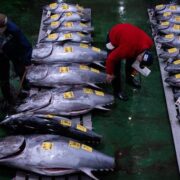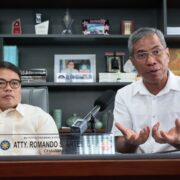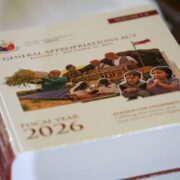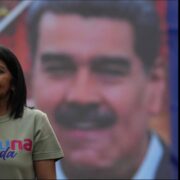Bumubuhos na naman ang ulan: Floods and our relationship with nature

As I write this, the flood in my area has not yet receded. Thankfully, we have electricity and enough resources to last us for maybe another week. But so many people have been stranded right outside—waiting for the waters to go down so they can see their families again and rest.
My father has not been able to come home, and so, he has been away from us without extra clothes. He has not properly rested. Recently, our area was featured in the news as being “mala-waterworld.” I do not have a comment on whether or not it is sensitive to have such a clickbaity—but true—headline, except to say that this is not how supposedly habitable areas should be.
I forgot who told me this, or where I first read it (perhaps on the cover of Bino Realuyo’s novel), but someone once remarked that the Philippines is an “umbrella country.” After all, our weather is usually just either sunny or rainy. But when people’s belongings are submerged in flood, when folks risk leptospirosis and other dangers as they wade through water, when workers risk not getting paid because of their inability to work…it is a mistake to think that this is just how things are, and that we should just bear it.
How many more volunteering efforts do we need until we realize that the issue is not really the lack of willing helpers—but more so the inconvenient and unintuitive systems we are forced to navigate in our daily lives?
Back to basics
Frequently flooded streets are usually built on natural waterways, and it is true that early civilizations have always built around flowing rivers. But also, in the name of “progress,” we have been bulldozing the mountains that break typhoons, shaving off the trees that protect us from landslides, and polluting the rivers and canals that, eventually, overflow into our streets. There must be a better way to live with nature, considering the Philippines is one of the world’s most biodiverse areas!
Our ancestors—and many indigenous groups today—have traditional practices that are sustainable. In other words, they usually take only what they need from nature—enough to sustain life. What does it really mean to “thrive” in the world? Maybe, to the money-minded, it means more than just comfort: it means luxury, status, and exclusivity. For most of us, however, it’s much simpler: good health, a happy family, and a sense of purpose in life.
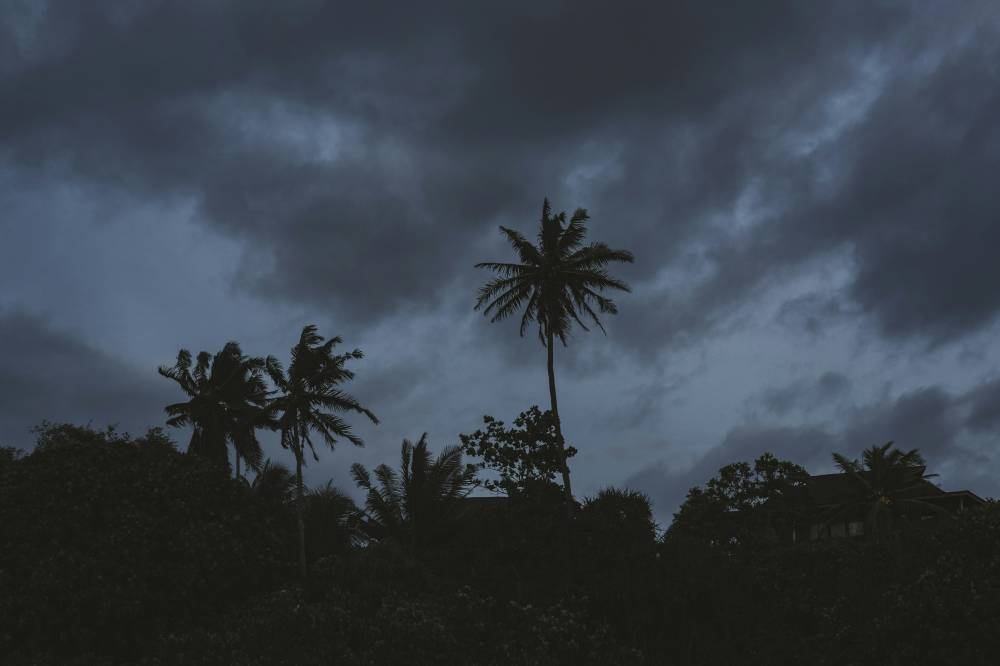
But do we really need to carve out the side of a mountain for that?
We are clever enough to imagine a system that works with nature, that anticipates its moods, and that builds around it. I have faith in this because our own ancestors have done it, indigenous communities around the world have been doing it for generations, and technologically and economically advanced regions internationally are already doing it—though most of the time, their methods resemble indigenous ways).
It is important to revisit these useful methods—but we must also truly understand their mindset about nature: the care and reciprocity they have with the world. We can learn more specific approaches in collaboration with indigenous leaders and communities, who have also been at the forefront of environmental activism (something that is apparently a very, very dangerous life in the Philippines).
So, when those in power applaud our “resilience” and diskarte despite the catastrophic effect of tropical storms, what they are really applauding is our ability to adapt to the damage they caused. It is as if to say, “See? Things are not so bad. After all, you are surviving!” It is a kind of propaganda that blames nature for their sins and lack of foresight. Nature only does what it is meant to do. It is not something we can reason with or condemn in courts of law.
But who designs our urban areas, and why are they not easy (or safe) to move around in? Who builds and maintains our roads, and why are they always under construction? We already know we are prone to flooding—but who is in charge of our flood control measures? Who benefits from not fixing any of these issues? Those are important questions we can start with, and, more importantly, answer first.



